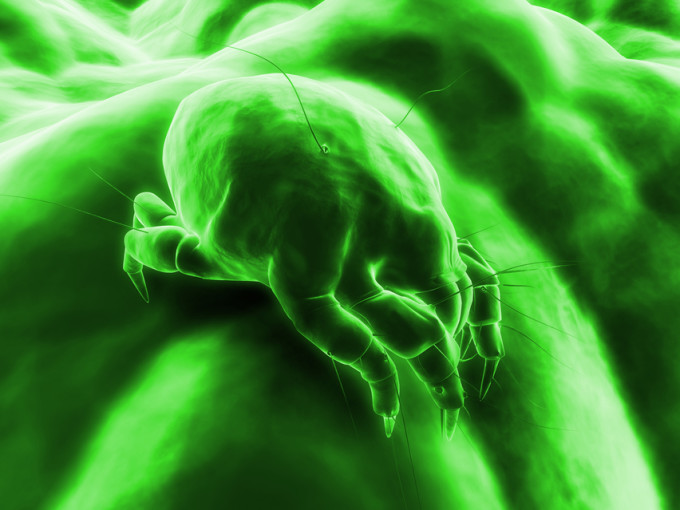
It is reported by the Smithsonian Institute that most authorities agree that there are at least 200 million insects for every one of us on the planet, so it is inevitable that some of them are going to want to try and share your home with you.
Insect pests are basically an intimate part of every home and no matter how vigilant you are and how clean you keep your home, unseen invaders are doing their best to take up residence.
Your aim should be to limit their ability to flourish in your home and avoid an infestation, which can be done using modern DIY pest control methods and by ensuring that you arrange things like attic cleaning services and other initiatives on a fairly regular basis, in order to keep the bugs at bay and under control.
Safety first
The trick of avoiding infestations in your home is to use a combination of safe methods that you can carry out yourself with a bit of DIY knowledge, and also to know when it is time to call a professional in to lend a hand.
Whilst the obvious reaction for a number of homeowners might be to declare war on the pests that are invading their home and try to blast them away instantly with a potent poison, there are safety and health issues that you need to consider.
If you work on the basis that what is toxic to pests could be toxic to you and your family, it often pays to take a more holistic approach to solving the problem as safety first should be your main priority.
Natural solution
Pesticides are widely available for dealing with most varieties of common household insect pests but as there is the risk of these chemical compounds being as potentially harmful to you and the environment as they are to the pests, it makes sense to try and find a natural solution.
Your first line of defense is to take a look around your home and see what might be attracting insects to visit you in the first place. Keeping your house clean and dry will help to deter pests in the first place, so even simple actions like keeping garbage cans clean of any food residue and keeping your counters free of crumbs, will make a difference.
Leaky faucets and standing water are attractive to insects, so too are cracks and crevices in out of sight places like cupboards, ducts and baseboards, so fix the gaps and holes and the leaky faucet in order to deter insects and make your home a less attractive proposition.
Seeping the floor and vacuuming regularly won’t eradicate a pest problem but these are a good starting point in helping to avoid your house becoming a victim of an infestation.
Ants and dust mites

Ants can be very persistent but there are some excellent chemical-free strategies to try before you call in some professional help to tackle the problem.
You may not be aware that ants have a natural loathing and aversion to cucumber, so some strategically placed peels or slices of cucumber at their known entry point will definitely make them think twice, as will a few tea bags of mint tea placed where they seem to be most active.
Another common problem is Microscopic dust mites, and these can be found all around the home, in our bedding, clothing and places like book shelves and even stuffed toys, which is a problem for anyone who has allergies or asthma.
You can reduce their impact by washing your bedding at a high temperature of at least 55 degrees or higher, remembering that whatever detergent you use, it will have no effect on the dust mites unless you combine it with a higher wash temperature.
If you share your home with some pets, you might want to consider getting a natural remedy known as tannic acid powder, which helps to neutralize the allergens found in dust mites and animal dander, but read the label to see how and where to use it as a safely as possible.
Lower-risk pesticides
If you are concerned about introducing chemicals into your home environment in order to treat an infestation, there are some lower-risk pesticides that might be worth considering.
Insecticidal or fatty-acid soaps are able to kill insects like fleas and dust mites on contact and are considered virtually harmless to humans, unless they are ingested and you might also want to consider tamper-resistant bait boxes as a safer alternative to sprays or pellets.
There are numerous modern DIY pest control methods you can employ that offer a safer alternative to more traditional poisons, but if in doubt, it is always best to call in a professional.
After working for over a decade in the pest control industry as a technician for a national pest control company, Jon Webb saw the havoc pests are able to wreck on our homes and businesses. Jon found that many customers had no one to turn to for cleaning and decontamination of pest infestations. In Jon’s words, “I began taking on work while I was still working as a pest control technician where I learned, studied, and cultivated my craft. After obtaining several licenses and certifications, I was able to do attic cleaning, pest cleanup, infestation decontamination, and insulation removal according to industry standards and strict guidelines. I now exclusively clean attics, decontaminate pest infestations, and remove and install insulation”. Jon enjoys sharing his know how online.














